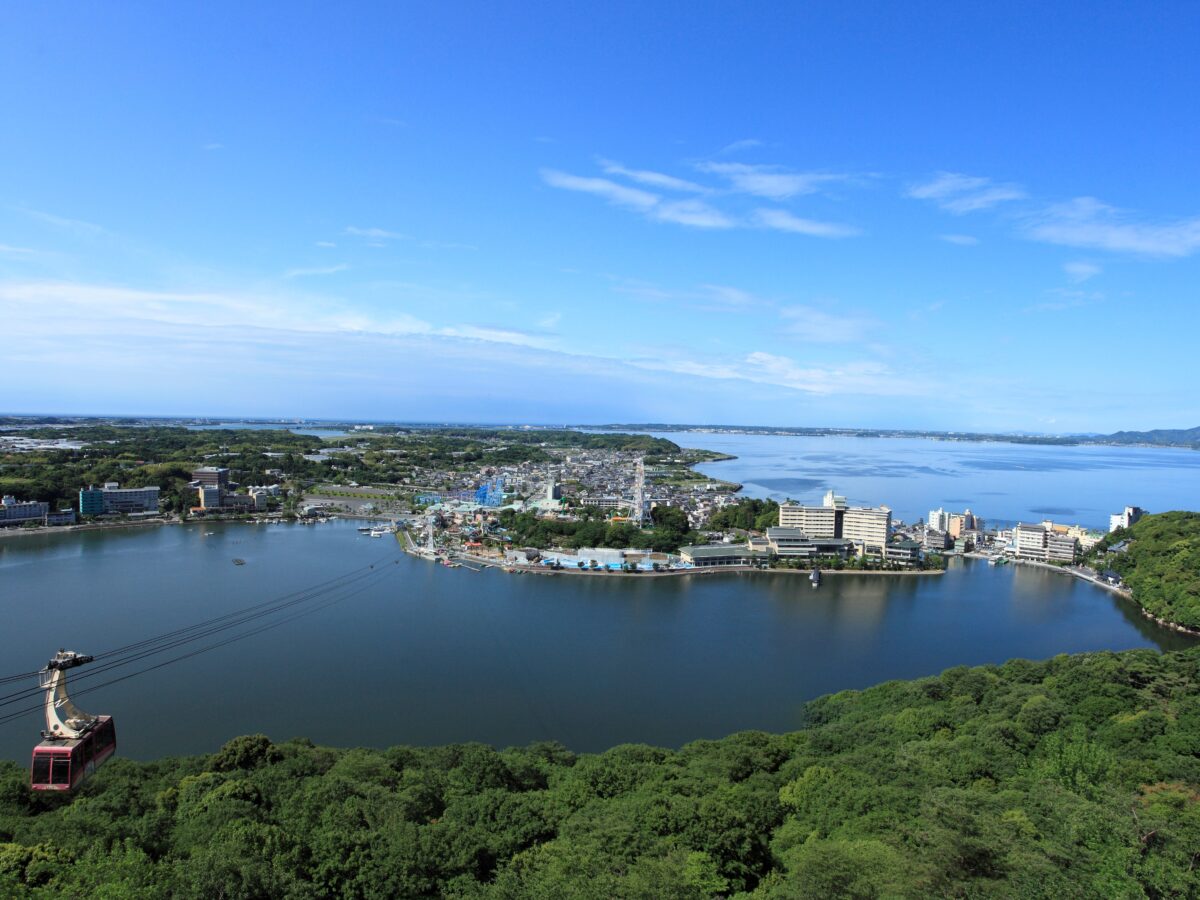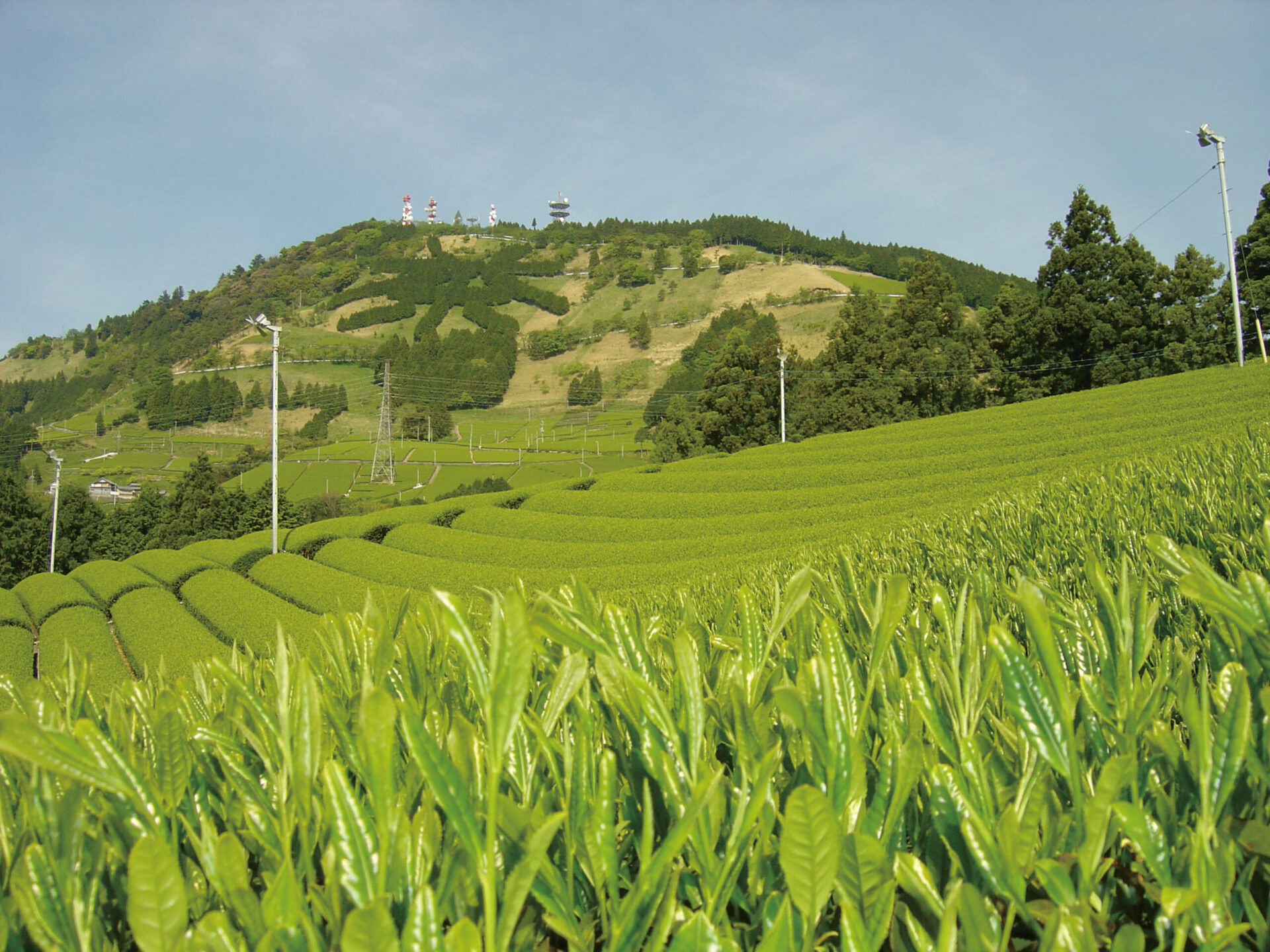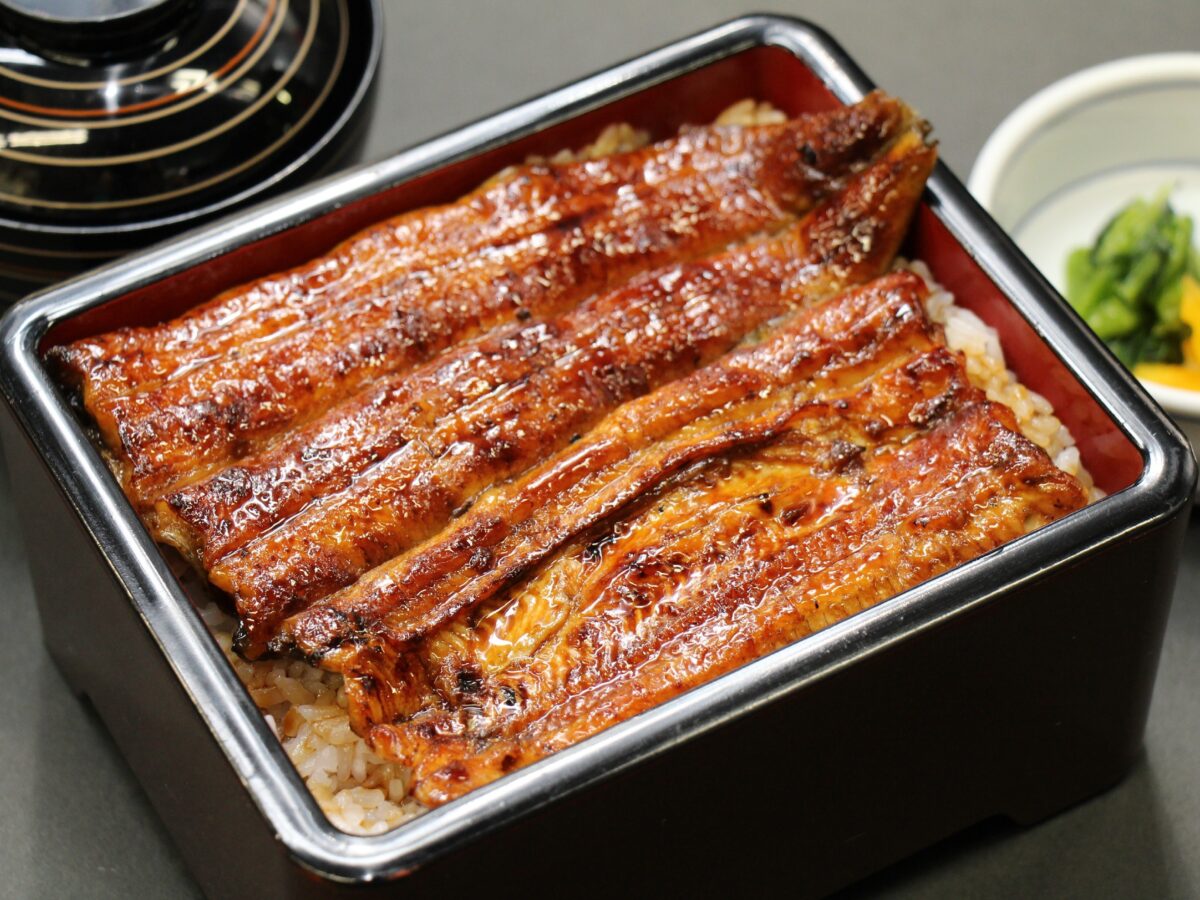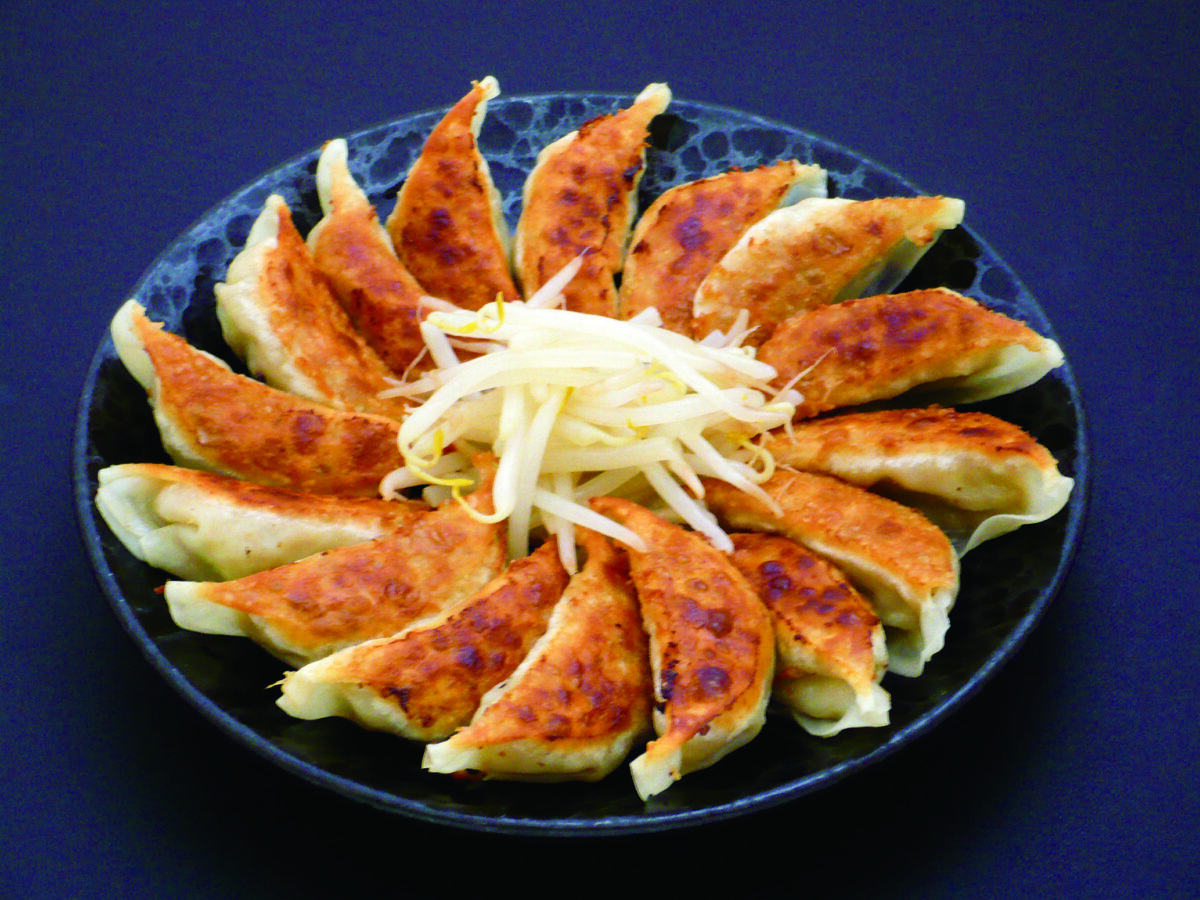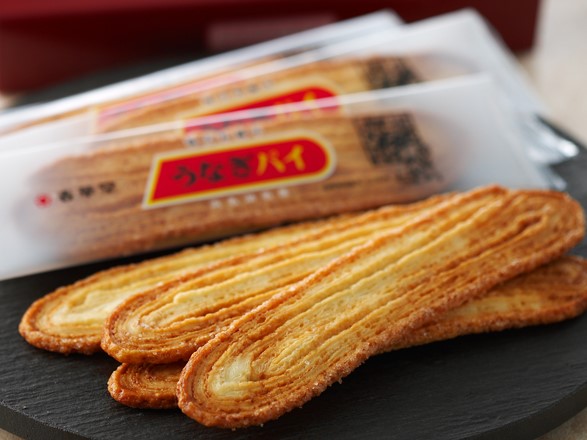The western region is centered on the city of Hamamatsu, which is known for its manufacturing, especially of automobiles and musical instruments. In addition to the attractions of the city, the western region also boast abundant gifts of nature, such as the beautiful views from the shores of Lake Hamana, the tea plantations spread out among the mountain villages, and the view of the horizon from the cape at the southernmost point in Shizuoka Prefecture.
In the western region, you can enjoy seasonal flowers at theme parks or relax at the hot springs by the lake. Don’t forget to add historical attractions such as Hamamatsu Castle and Kakegawa Castle to your list of places to visit, and make sure to try some of the local specialties such as eel and Hamamatsu gyoza dumplings. Those who are into more active pastimes can find possibilities for water sports and cycling.
We hope you will enjoy a variety of sightseeing options to suit your personal interests.
Tourist attractions
If any tourist destination were to represent the western region, it would have to be Lake Hamana. It is both a lively entertainment zone and a picturesque scenic spot, with hot springs and gourmet food to boot.
Tourists can relax at the Hamamatsu Flower Park and Hamanako Garden Park while savoring the charm of seasonal flowers and gardens. For those who want to take in the scenery, the Kanzanji Ropeway offers a great view from above the lake, and the Hamanako Cruise service is also highly recommended. Children can play their hearts out at the Hamanako Pal Pal amusement park with its thirty or so attractions. After a full day of hard play, Kanzanji Onsen on the lake shore offers the chance to relax and recharge in a hot spring. Why not take a refreshing dip in the hot water with its high salt content and health benefits?
At the top of Mt. Awagatake in Kakegawa City, marked by the massive Chinese character for “tea” written on the mountainside, stands the Chagusaba Terrace. Here you can enjoy a panoramic scenery created by the vast tea plantations that preserve the traditional tea-grass integrated system of cultivation.
The cape at Omaezaki is home to one of only sixteen lighthouses in Japan that one can climb, and the trek upwards is well worth it for the views of the horizon where the shining blue sea meets the sky. If the weather is good, you can even see the Izu Peninsula, southern Alps and Mt. Fuji.
For those who want to spend some time quietly reflecting on history, how about Ryotanji Temple, or the three Enshu Sanzan temples of Hattasan Soneiji, Kasuisai , and Yusanji, which collectively represent the Enshu region? In Mori Town stands the historic Okuni Jinja shrine. Built over 1,400 years ago, it was the highest ranking shrine in what used to be Totomi Province, and it is highly recommended for a visit. After paying a visit to the shrine, you can take a stroll through the 99-hectare (245-acre) old forest or take a break at a cafe in Okuni Kotomachi Yokocho.
Other key attractions for any history buff are Hamamatsu Castle and Kakegawa Castle. Not only did Tokugawa Ieyasu stay at Hamamatsu Castle for 17 years, it later came to be nicknamed Shussejo (Promotion Castle) due to the tendency of its lords to receive high positions in the Edo government. Kakegawa Castle, meanwhile, has been selected as one of the top 100 castles in Japan.
Cuisine
When people think of specialty foods from the western region, one of the first things that comes to mind is Lake Hamana eel. The history of eel farming in Lake Hamana is over 120 years old, and there are many long-established and famous restaurants in Hamamatsu City that specialize in dishes made with locally produced eel. Grilled over charcoal and dipped in sauces that have been continuously replenished from generation to generation, the eel tastes sublime, with its fragrant aroma, crispy outside and plump flesh. There are many variations to try, such as the classic Kabayaki (grilled eel with sweetened soy sauce), Shirayaki (grilled eel without sauce, served with wasabi), and Mabushi Chazuke (chopped eel on rice with hot tea poured over it).
Along with eel, another Hamamatsu delicacy you cannot miss are Hamamatsu Gyoza dumplings. Stuffed full of locally grown cabbage and other vegetables, these gyoza dumplings strike an exquisite balance between the sweetness of the vegetables and the richness of the pork. They come in a characteristic serving arrangement, with the dumplings arranged in a circle with freshly boiled bean sprouts in the middle.
Other specialty foods you should try when you visit the western region include the large, flavorful oysters from Lake Hamana; Kankan Musume corn from Mori Town, that is said to be as sweet as melon; and Enshu Yumesaki beef, a fatty, tender meat with full flavor.
Neither should you miss the desserts and snacks made from local specialties. A good place to start would be a tea cafe, situated among expansive tea plantations as can only be found in this region. The cafe San Grams is run by a tea processing factory that has been in business for over 100 years. It offers carefully brewed “single tea leaf” teas that allow you to taste the unique characteristics of each tea producer, together with sweets that complement the tea. During the new tea season, the Japanese cafe Enshu Chaya, located next to the popular confectionery shop Takoman, serves a special Mont Blanc made with tea. In addition, the Japanese Tea KIMIKURA and its sister shop KIMIKURA CAFE offer many different varieties of tea sweets, of both Japanese and western origins.
Popular souvenir gifts include the classic Shizuoka souvenir Unagipie eel pastries, the fluffy, baked Daisakyu bouchées, and the famous Hamamatsu snacks called Ageshio. Beloved by locals, these sweets and snacks are sure to be delicious.
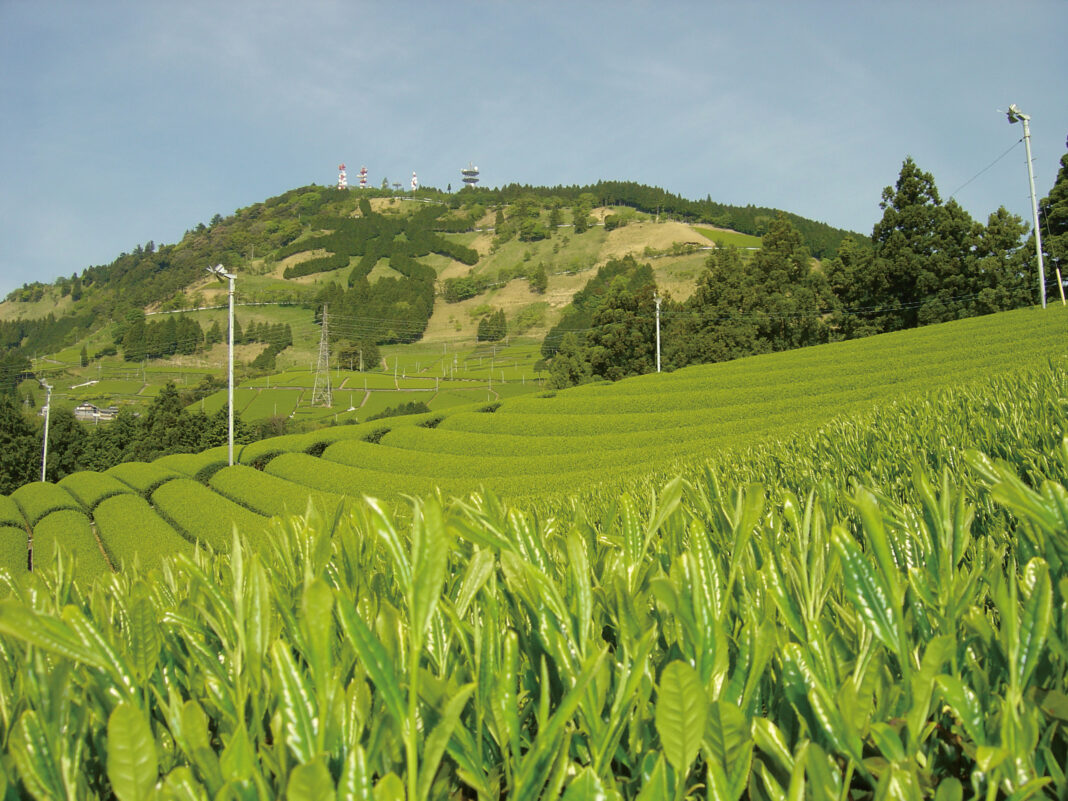
はままつフラワーパーク43-1200x900.jpg)
